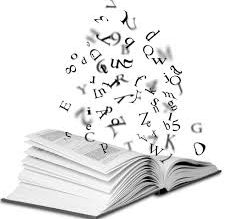Graphic Information Design: Information Design
Information design is the practice of preparing information so people can use it with efficiency and effectiveness. Information design is a part of graphic design. The term has come to be used specifically for the graphic design of displaying information effectively, rather than just aesthetically. The term ‘information design’ emerged as a multidisciplinary area of study in the 1970s. Document design is another summative description of the field. Information design involving creating structure for sets of information in specialized fields. Read more…




